When it comes to creating training programs, there are plenty of concepts that are often considered. In addition to the 70 20 10 learning model, scenario-based learning, and gamification in training methods, Bloom’s Taxonomy is another notable concept that trainers are encouraged to use in order to help increase learning transfer among trainees. Having a full understanding of this concept is key to designing learning and assessment by cognitive levels.
What is Bloom’s Taxonomy?
According to the Center for Teaching at Vanderbilt University, the concept of Bloom’s Taxonomy was created in 1956 by Benjamin Bloom - along with Max Englehart, Edward Furst, Walter Hill, and David Krathwoh. The group published the concept as a framework for categorizing the goals of education under the name Taxonomy of Educational Objectives - colloquially known as Bloom’s Taxonomy.
While the original framework included six main categories (Knowledge, Comprehension, Application, Analysis, Synthesis, and Evaluation), the concept was revised in 2001 under the title A Taxonomy for Teaching, Learning, and Assessment. The revised and current framework now includes these main cognitive levels: Remember, Understand, Apply, Analyze, Evaluate, and Create. This new framework shows the cognitive processes that learners follow to grow from foundational knowledge to deep learning.
Structure of the Revised Bloom's Taxonomy
Each of the main categories of the revised framework include several related subcategories. These include:
Remember
- Repeat
- Define
- List
- Recognize
The cognitive process of remembering involves recalling facts and basic concepts. This is often achieved through examples, visuals, and analogies.
Understand
- Classify
- Describe
- Discuss
- Explain
- Identify
To put it simply, the process of understanding revolves around the explanation of ideas or concepts and often involves constructing meaning from instruction. This can be done through reports, interviews, summaries, outlines, stories, quizzes, and other similar activities.
Apply
- Execute
- Demonstrate
- Operate
- Sketch
- Use
- Implement
- Solve
The process of applying involves the learner using information in new situations. Some great practices to backup the application process include using illustrations, practicing skills, micro teaching, role playing, and games.
Analyze
- Organize
- Compare
- Contrast
- Distinguish
- Differentiate
- Calculate
- Test
- Debate
- Question
When it comes to the analyze category, the concept of Bloom’s Taxonomy is referring to the process of drawing connections among ideas. Some learning tools and methods that aid with analysis in training include the use of questionnaires, discussions, tests, forums, and critical incidents.
Evaluate
- Argue
- Judge
- Select
- Value
- Critique
- Weigh
- Appraise
- Defend
- Rate
- Revise
- Choose
- Score
- Assess
- Estimate
The idea behind the evaluate learning objective is for learners to have the ability to justify a stand or decision. Training methods that can help facilitate this objective include but are not limited to: case studies, critiques, simulations, appraisals, self-evaluations, group debates, surveys, and mentoring.
Create
- Design
- Construct
- Assemble
- Develop
- Investigate
- Formulate
- Conjecture
- Craft
- Author
- Compose
- Plan
- Propose
- Manage
At the end of the list, and the “deepest” level of learning of Bloom’s Taxonomy is the cognitive process of creating. This occurs when learners produce new or original work. This work can be a project, creative exercise, solving a problem, developing a plan, or a collaborative project with others.
Types of Knowledge Used in Cognitive Processes of the Revised Bloom’s Taxonomy
In addition to the six main cognitive processes, the group that established the revised version of Bloom’s Taxonomy also determined the following knowledge classifications used in each cognitive process:
- Factual Knowledge: Includes the knowledge of specific details as well as terminology when it comes to a specific topic or subject
- Conceptual Knowledge: This knowledge classification is centered on the learner’s understanding of theories, principles, models, structures, and categories.
- Procedural Knowledge: This knowledge group involves the understanding of subject-specific techniques, methods, skills, and algorithms as well as appropriate procedures.
- Metacognitive Knowledge: Since the term “meta” is often used to imply being “self-referential,” it makes sense that metacognitive knowledge is referring to self-knowledge as well as strategic knowledge and knowledge about cognitive tasks.
There are many benefits to incorporating Bloom’s Taxonomy into your training and development of learning outcomes. For one, this concept aids in setting learning goals for both trainers and learners. Using this method will also help trainers ensure that the designed training material and assessments are valid and aligned with set learning goals.
Designing training isn’t easy, but our team of experts is here to help. Contact Safety Mentor today to learn how our learning experience platform (LXP) can help you take your training to the next level.
Also, be sure to visit our resources page to download our infographic about Bloom’s Taxonomy.





